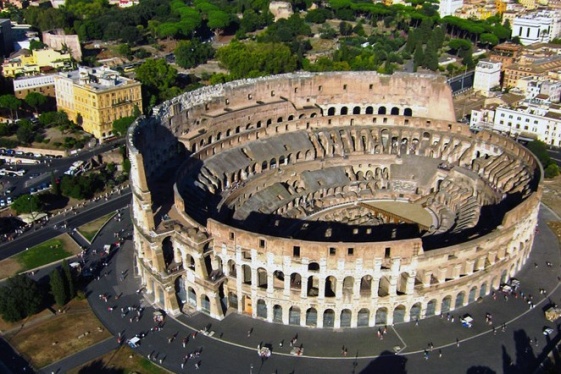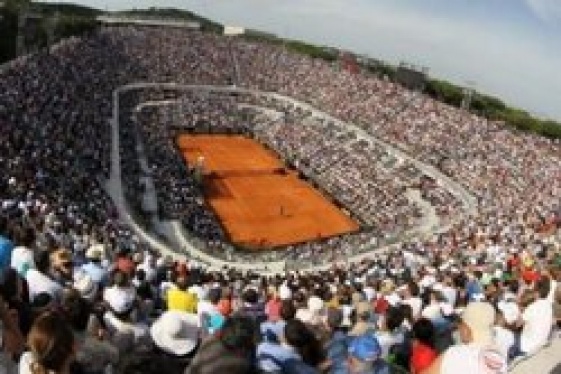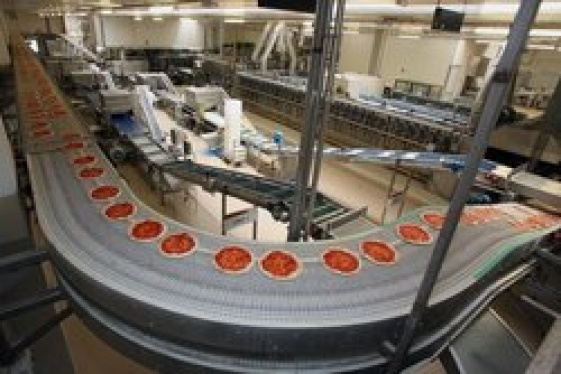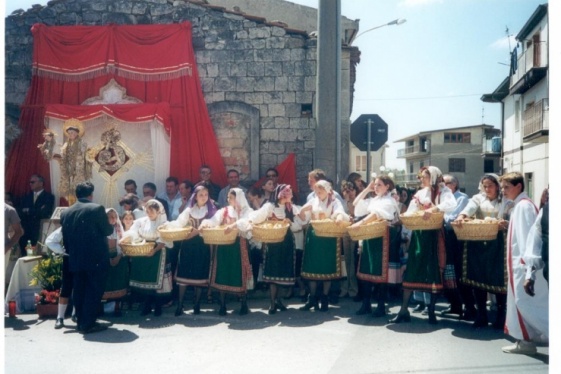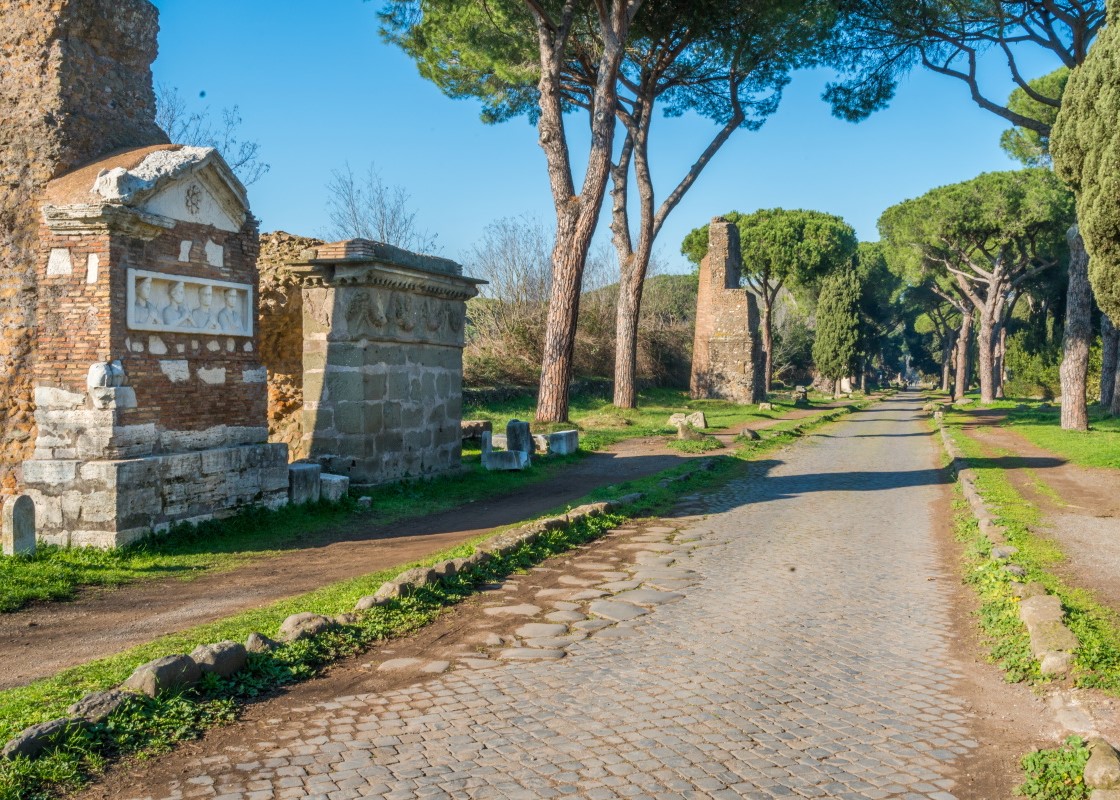

Since mid-January, the Via Appia regina viarum has officially begun its journey to UNESCO with the signing of the memorandum of understanding for the site's candidacy on the World Heritage List. Aiming at that summa of wonders march new dossiers in the proposal stage, some of them quite advanced. Italy already leads the world with its 58 registered sites, a record that is a driver of attractiveness for the territory.
Unesco has the effect of turning the world spotlight on a territory. Being included on the World Heritage List means access to a list of superlatives of excellence recognized as such throughout the world. "Just pick up any travel guidebook: the places listed as 'not to be missed' are those that have the recognition," explains Pier Luigi Petrillo, professor of cultural heritage at Luiss Guido Carli University and director of the UNESCO Chair on Cultural Heritage.
The project for the Appian Way, for the first time promoted directly by the Ministry of Culture through its central and peripheral offices, involves four regions (Lazio, Campania, Basilicata and Puglia), 12 provinces and metropolitan cities, 73 municipalities, 15 parks, the Pontifical Commission for Sacred Archaeology and 25 Italian and foreign universities.
All supporting the consular road, an excellent prototype of the Roman road system. A dual carriageway road designed to unite major strategic centers, built with different pavements and equipped with colossal bridges and viaducts representing the highest works of engineering produced by Roman civilization.
The mayors of the nine municipal administrations involved in the UNESCO serial nomination project "Early Medieval Benedictine Settlements in Italy" are consolidating their understanding, and a protocol for coordinated joint actions to support the project is expected in March.
The project for the candidacy proposal currently includes a selection consisting of eight Benedictine monasteries-Subiaco, Montecassino, San Vincenzo al Volturno, Farfa, San Pietro al Monte, San Michele alle Chiuse, Sant'Angelo in Formis, and San Vittore alle Chiuse. The municipalities involved are Subiaco (Rome, Lazio), Cassino (Frosinone, Lazio), Castel San Vincenzo (Isernia, Molise), Rocchetta al Volturno (Isernia, Molise), Fara in Sabina (Rieti, Lazio), Civate (Lecco, Lombardy), Sant'Ambrogio di Torino (Turin, Piedmont), Capua (Caserta, Campania), and Genga (Ancona, Marche).
You may be interested
-
Exciting Palatine. Interview with Clementina...
You can tell she fills with excitement when she has the chance to show an important archae...
-
Il Console Generale Usa: su turismo e seta s...
In mattinata ha incontrato il sindaco di Como, Mario Lucini, assieme all'assessore Gisella...
-
Italian Open's History and Records: A tale o...
For Italians, and Romans in particular, the Open is not just a tennis tournament where cha...
-
Small and Medium Enterprises as the Italian...
by Claudia Astarita A recent study on 120 artisan SMEs of excellence – conducted...
-
The Italian Heritage Society of Indiana Lect...
Sunday, November 23 - 2 pmWhen: Sunday, November 23, 2014 2:00-4:00 pm Where: UL 1126 in t...
-
''La Gente di Mulberry Street'' presentato a...
Valsinni- Italia, terra di emigranti. Presentato a Valsinni il nuovo saggio storico di Raf...
-
'A Ziarella va in America: tournèe in Arizona...
‘A Ziarella va in America. Non è un titolo da film, ma una piacevole realtà. Il...



